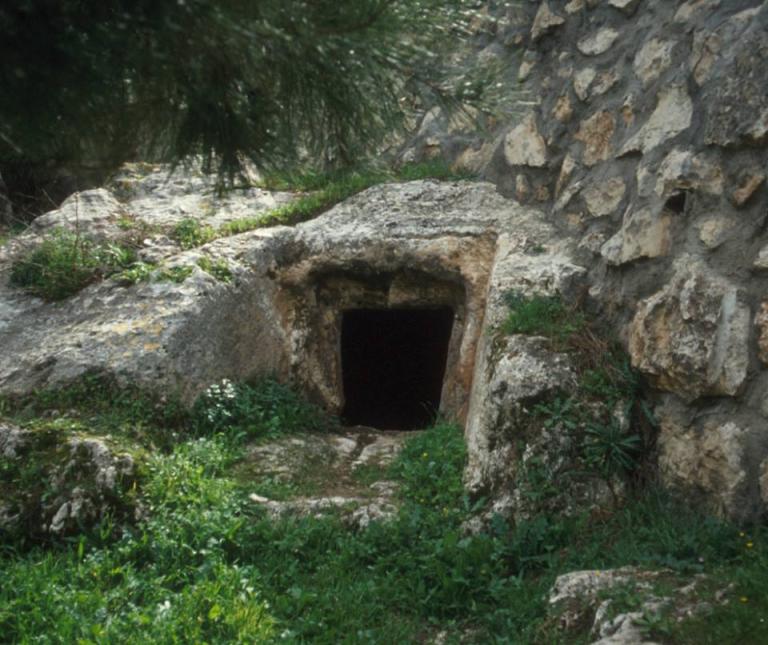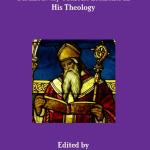
The Prophet Joseph Smith is well known to have declared that
The fundamental principles of our religion are the testimony of the Apostles and Prophets, concerning Jesus Christ, that He died, was buried, and rose again the third day, and ascended into heaven; and all other things which pertain to our religion are only appendages to it. (History of the Church, 3:30)
On the other hand, one claim that is often advanced by skeptics and other critics of Christianity is that belief in the resurrection of Jesus from the dead arose only relatively late — effectively, that it was either mere later folklore — generated by something like the famous “telephone game” — or an outright invention or, more charitably, that it arose out of later generations’ misunderstanding of a metaphor or a phantasm or even a sentimental memory as a literal, corporeal emergence from the tomb.
The issue can be approached from multiple and quite distinct angles. In this post, I want to follow only one of those approaches, and I have no intention of doing a complete job even on that. So I need to say, upfront, that my judgment is that the assertion that belief in Christ’s literal resurrection arose only several decades or even generations after his death is very weak, and that it poses no serious threat to the mainstream, traditional Christian belief that he rose, bodily and gloriously, from the tomb. What follows here, though, will only be a portion of one part of a much larger cumulative argument to that effect. In fact, I’ll probably set even this little part of the larger case forth in several merely preliminary installments over the next week or two (or three):
I am not a specialist New Testament scholar. But I’ve read a fair amount of New Testament scholarship from specialists. One of the intriguing things that I’ve picked up in my unsystematic reading of recent biblical scholarship is that specialists now recognize the presence in the New Testament of seemingly “creedal” or “creed-like” texts — that is, of formulaic passages that seem to preserve earlier statements of basic, essential, absolutely early Christian teaching.
Here is one of them, from the first chapter of Paul’s first letter to the saints in Corinth. The late American-Canadian New Testament scholar Gordon Fee wrote that “it is generally agreed that in vv. 3–5 Paul is repeating a very early creedal formulation that was common to the entire church.” (Gordon D. Fee, First Epistle to the Corinthians, NICNT [Grand Rapids: Eerdmans, 1987]. 718; cf. J. N. D. Kelly, Early Christian Creeds, 3rd ed. [London: Longman, 1972]16-17; David E. Garland, 1 Corinthians, BECNT [Grand Rapids: Baker Academic, 2003], 683) These are the relevant verses, quoted in the King James Version:
1 Moreover, brethren, I declare unto you the gospel which I preached unto you, which also ye have received, and wherein ye stand; 2 By which also ye are saved, if ye keep in memory what I preached unto you, unless ye have believed in vain.
3 For I delivered unto you first of all that which I also received, how that Christ died for our sins according to the scriptures; 4 And that he was buried, and that he rose again the third day according to the scriptures: 5 And that he was seen of Cephas, then of the twelve: 6 After that, he was seen of above five hundred brethren at once; of whom the greater part remain unto this present, but some are fallen asleep. 7 After that, he was seen of James; then of all the apostles. 8 And last of all he was seen of me also, as of one born out of due time. (1 Corinthians 15:1-8)
In the verses above, Paul lays out the basic tenets of the gospel that he had previously preached to the Corinthians. The strong similarity of Paul’s statement to Joseph Smith’s “fundamental principles of our religion” is undeniably obvious.
So what can we say about the date of Paul’s declaration? 1 Corinthians is variously dated to AD 53, or AD 54, or AD 57. Clearly, though, Paul had been in Corinth prior to his writing of that letter. When? Paul’s first visit to Corinth, which lasted about eighteen months, is commonly placed at AD 49, AD 50, or AD 51. (For preliminary rough and ready specification of these dates, I consulted the following chronologies: Blue Letter Bible, a handout from Western Reformed Seminary, and Catholic Resources.)
And he says in 1 Corinthians 15:3 that he delivered to the Corinthians what he himself had already “received,” presumably before his visit there. So it had to be prior to AD 51 or even prior to AD 49. (Which is to say, well under two decades after the crucifixion of Christ, and well within the range of living memory.) And what is the content of that which he had received? At its core, it was this;
3 that Christ died for our sins according to the scriptures; 4 And that he was buried, and that he rose again the third day according to the scriptures
This is clearly a reference to Christ’s death, burial, and, yes, resurrection. I freely grant that it doesn’t, by itself, establish the early teaching of a corporeal resurrection, though it also doesn’t rule out a literal, physical emergence from the tomb. That will require a separate argument — of which the distinct appearances to various individual witnesses and groups of witnesses will definitely be a component part. Gordon Fee wrote, with regard to the appearance to witnesses, that it “emphasizes the objective reality of the Resurrection” [Fee, First Epistle to the Corinthians, 728].)
Both verse 3 and verse 4 conclude with the phrase “according to the scriptures,” which surely seems to entail that Christ’s death, his burial, and, yes, his resurrection were divinely foreordained events.
Here’s another way of looking at 1 Corinthians 15:3-4: Four elements are mentioned: (1) Christ’s death, (2) his burial, (3) his resurrection, and (4) his appearances. Item (2) supports (1). Item (4) confirms (3). Or, as Gordon Fee put it, referring to what he described as the balanced structure of the passage, “as line 2 functions to warrant line 1, so this line [4] warrants line 3” (Fee, First Epistle to the Corinthians, 728). The late Joseph Fitzmyer also noted the parallelism, labeling the various elements a a’ b b’ (Joseph A. Fitzmyer, First Corinthians: A New Translation with Introduction and Commentary, AB 28 [New York: Doubleday, 1981], 541).
The four assertions cohere very well — death and burial, resurrection and appearance — and together they constitute what New Testament scholars often call the kerygma (“proclamation,” “preaching”) of the primitive Christian church. (The Greek term κήρυγμα [kḗrugma] is derived from such passages as Matthew 3:1, Luke 4:18-19, and Romans 10:14.) One might even say that they represent a very early form of Christian apologetics: We know that Jesus died because he was buried. However, we know that he rose again because he was seen.
Commenting on 1 Corinthians 15:3-4, Father Fitzmyer observed that “Paul repeats the basic Christian kērygma, ‘proclamation,’ which eventually developed into the gospel tradition and gave us the four canonical Gospels” (Fitzmyer, First Corinthians, 541). And he does so quite early.













